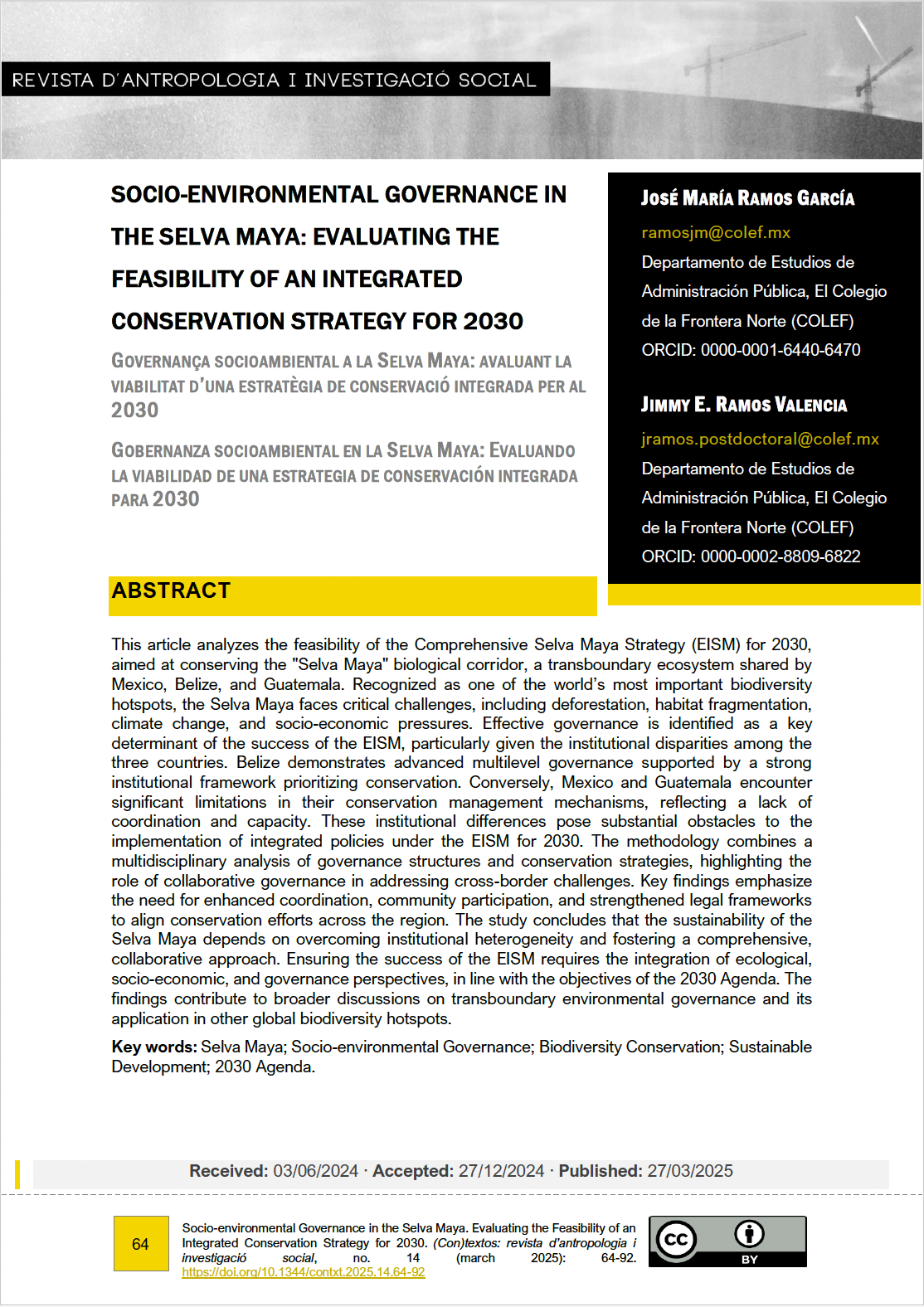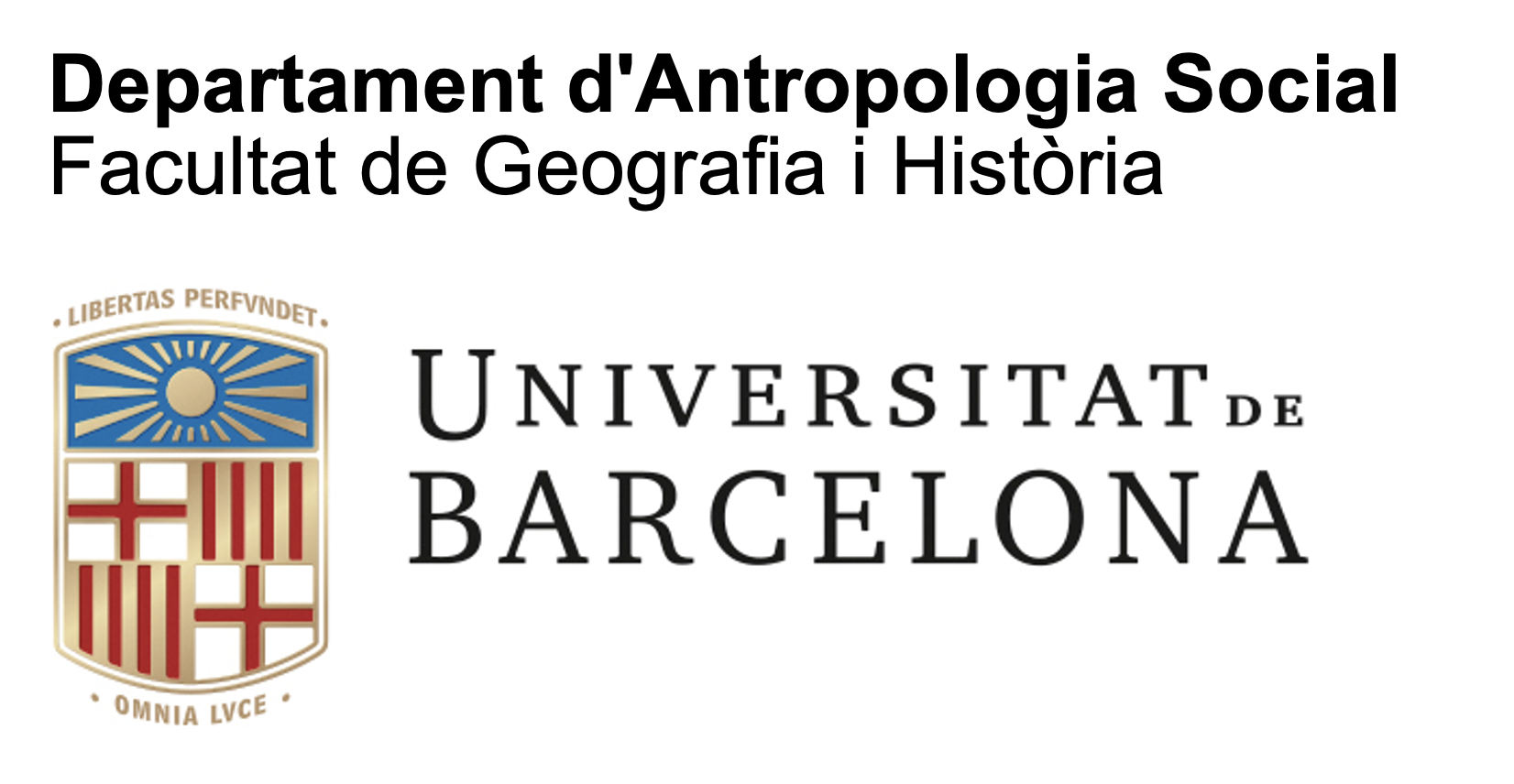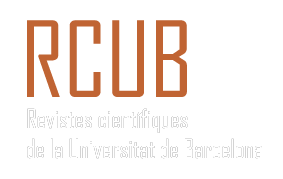Socio-Environmental Governance in the Selva Maya: Evaluating the Feasibility of an Integrated Conservation Strategy for 2030
DOI:
https://doi.org/10.1344/contxt.2025.14.64-92Keywords:
Selva Maya, Socio-environmental Governance, Biodiversity Conservation, Sustainable Development, 2030 AgendaAbstract
This article analyzes the feasibility of the Comprehensive Selva Maya Strategy (EISM) for 2030, aimed at conserving the "Selva Maya" biological corridor, a transboundary ecosystem shared by Mexico, Belize, and Guatemala. Recognized as one of the world’s most important biodiversity hotspots, the Selva Maya faces critical challenges, including deforestation, habitat fragmentation, climate change, and socio-economic pressures. Effective governance is identified as a key determinant of the success of the EISM, particularly given the institutional disparities among the three countries. Belize demonstrates advanced multilevel governance supported by a strong institutional framework prioritizing conservation. Conversely, Mexico and Guatemala encounter significant limitations in their conservation management mechanisms, reflecting a lack of coordination and capacity. These institutional differences pose substantial obstacles to the implementation of integrated policies under the EISM for 2030.
The methodology combines a multidisciplinary analysis of governance structures and conservation strategies, highlighting the role of collaborative governance in addressing cross-border challenges. Key findings emphasize the need for enhanced coordination, community participation, and strengthened legal frameworks to align conservation efforts across the region.
The study concludes that the sustainability of the Selva Maya depends on overcoming institutional heterogeneity and fostering a comprehensive, collaborative approach. Ensuring the success of the EISM requires the integration of ecological, socio-economic, and governance perspectives, in line with the objectives of the 2030 Agenda. The findings contribute to broader discussions on transboundary environmental governance and its application in other global biodiversity hotspots.
Downloads
References
Ansell, Chris, and Alison Gash. 2008. “Collaborative Governance in Theory and Practice.” Journal of Public Administration Research and Theory 18 (4): 543-71. https://doi.org/10.1093/JOPART/MUM032
Borrini-Feyerabend, Grazia, Nigel Dudley, Tilman Jaeger, Barbara Lassen, Neema Pathak Broome, Adrian Phillips and Trevor Sandwith. 2013. Governance of protected areas: from understanding to action. Best Practice Protected Area Guidelines Series 20. IUCN. Retrieved from. https://portals.iucn.org/library/sites/library/files/documents/pag-020.pdf
Bulkeley, Harriet. 2005. “Reconfiguring environmental governance: Towards a politics of scales and networks”. Political Geography 24 (8): 875-902. https://doi.org/10.1016/j.polgeo.2005.07.002
Dachary, Alfredo. 1993. “La región fronteriza: definición y regionalización”. In Estudio integral de la frontera México-Belice, Centro de Investigaciones de Quintana Roo, vol. 1: 20-23.
De La Torre, J. Antonio, Gamaliel Camacho, Paulina Arroyo-Gerala, Ivonne Cassaigne, Marina Rivero, and Ahimsa Campos-Arceiz. 2021. “A cost-effective approach to mitigate conflict between ranchers and large predators: a case study with jaguars in the Mayanforest”. Biological Conservation 256: 109066. https://doi.org/10.1016/j.biocon.2021.109066
Eklund, Johanna, and Mar Cabeza. 2017. “Quality of Governance and Effectiveness of Protected Areas: Crucial Concepts for Conservation Planning”. Annals of the New York Academy of Sciences 1399 (1): 27-41. https://doi.org/10.1111/nyas.13284
Ellis, Edward A., A. Navarro Martínez, M. García Ortega, I. U. Hernández Gómez, and D. Chacón Castillo. 2020. “Forest cover dynamics in the Selva Maya of Central and Southern Quintana Roo, Mexico: deforestation or degradation?”. Journal of Land Use Science 15 (1): 25-51. https://doi.org/10.1080/1747423X.2020.1732489
Ellis, Edward A., Angélica Navarro‐Martínez, i Martha García‐Ortega. 2021. “Drivers of forest cover transitions in the Selva Maya, Mexico: Integrating regional and community scales for landscape assessment”. Land Degradation & Development 32 (10): 3122-3141. https://doi.org/10.1002/ldr.3972
Espeso-Molinero, Pilar and María José Pastor-Alfonso. 2020. “Governance, community resilience, and indigenous tourism in Nahá, Mexico”. Sustainability 12 (15), 5973. https://doi.org/10.3390/su12155973
Fund for the Development of the Environmental Services Market for Climate Change Risk Reduction and Mitigation (FD-MSDRM), National Council of Protected Areas (CONAP), National Commission of Natural Protected Areas - Ministry of the Environment and Natural Resources (CONANP-SERMANAT). 2021. Estrategia Integral Selva Maya 2030: Uniendo esfuerzos para la conservación y el Desarrollo sostenible. Retrieved from https://selvamaya.info/wp-content/uploads/2022/08/Estrategia-Integral-Seva-Maya-2030_vf_f-1.pdf
Falcão, Humberto and Caio Marini. 2010. Una guía de gobernanza para resultados en la administración pública. Instituto Publix.
Graham, John, Bruce Amos and Tim Plumptre. 2003. Governance principles for protected areas in the 21st century. Ottawa: Institute on Governance. Retrieved from: https://www.files.ethz.ch/isn/122197/pa_governance2.pdf
Laako, Hanna, Esmeralda Pliego Alvarado, Dora Ramos Muñoz, and Beula Marquez. 2022. “Transboundary conservation and nature states in the Maya Forest: International Relations, challenged”. Globalizations 19 (8): 1288-1310. https://doi.org/10.1080/14747731.2022.2062844
Laako, Hanna, and Edith Kauffer. 2021. “Conservation in the frontier: negotiating ownerships of nature at the Mexican southern border”. Journal of Latin American Geography 20 (3), 40-69. http://doi.org/10.1353/lag.2021.0049
Mejía-Ortíz, Luis M., Peter Sprouse, Juan C. Tejeda-Mazariegos, Jair Valladarez, Oscar Frausto-Martínez, Alejandro L. Collantes-Chavez-Costa, Guillermo Ruíz-Cancino, and
German Yáñez. 2021. “Tropical Subterranean Ecosystems in Mexico, Guatemala and Belize: A Review of Aquatic Biodiversity and Their Ecological Aspects”. In Natural History and Ecology of Mexico and Central America, edited by Levente Hufnagel. IntechOpen. https://doi.org/10.5772/intechopen.97694.
Mitchell, Brent A., Zoe Walker and Paul Walker. 2017. “A Governance Spectrum: Protected Areas in Belize”. Parks 23 (1): 45-60. https://doi.org/10.2305/IUCN.CH.2017.PARKS-23-1BAM.en
Moore, Mark. (2011). Gestión estratégica y creación de valor en el sector público. 4th reprint. Madrid: Paidós.
Ostrom, Elinor. 2015. Governing the Commons: The Evolution of Institutions for Collective Action. Cambridge University Press. https://doi.org/10.1017/CBO9781316423936
Pintor-Pirkzall, Heike Clara. 2020. “The role of German cooperation in public-private partnerships for sustainable development in Latin America”. Iberoamerican Journal of Development Studies 9 (2): 252-67. https://doi.org/10.26754/ojs_ried/ijds.400
Rosado-May, Francisco J., and Hilario Poot Cahun. 2020. “Cosmovisión Maya reflejada en palabras y conceptos relacionados con desarrollo sostenible, ecología y agroecología”. Das Questões 10 (1): 33-48. https://doi.org/10.26512/dasquestoes.v10i1.32342
Ruelas Mondragón, Laura C., Ana Cecilia Travieso Bello, and Odilón Manuel Sánchez Sánchez. 2015. Gobernanza ambiental: teoría y práctica para la conservación y uso sustentable de los recursos. El Colegio de Veracruz, Universidad Veracruzana y Plaza y Valdés.
Schmook, Birgit, Sofía Mardero, Sophie Calmé, Rehema White, Claudia Radel, Lindsey Carte, Grecia Cassanova, Jorge David Castelar Cayetano, and Juan Carlos Joo Chang. 2022. “The Border-Development-Climate Change Nexus: Precarious Campesinos at the Selva Maya Mexico–Guatemala Border”. Borders in Globalization Review 3 (2): 38-52. https://doi.org/10.18357/bigr32202220358
Stolton, Sue, Peter Shadie, and Nigel Dudley. 2013. IUCN WCPA Best Practice Guidance on Recognising Protected Areas and Assigning Management Categories and Governance Types. Best Practice Protected Area Guidelines Series 21. Gland, Switzerland: IUCN. Retrieved from: https://portals.iucn.org/library/sites/library/files/documents/PAG-021.pdf#page=107
Trench, Tim; Anne M. Larson, Antoine Libert Amico and Ashwin Ravikumar. 2018. Analyzing multilevel governance in Mexico: Lessons for REDD+ from a study of land use change and benefit sharing in Chiapas and Yucatan. Working Paper 236. Bogor, Indonesia: Center for International Forestry Research (CIFOR). Retrieved from: https://www.cifor-icraf.org/publications/pdf_files/WPapers/WP236Trench.pdf
Valenzuela Viale, Fernando, Francisco Riquelme Acevedo, Claudia Cossio Traverso, and Kairusam Rodríguez González. 2023. “Aportes de la Planificación Territorial con Perspectiva de Paisaje a la Sostenibilidad y a la Gobernanza: Revisión de los Resultados Preliminares del Proyecto MMA/GEF-PNUD Comunidades Mediterráneas Sostenibles”. In Los desafíos de la planificación para el desarrollo en América Latina y el Caribe: algoritmos, metodologías y experiencias, edited by Luis Mauricio Cuervo González and María del Pilar Délano. Seminarios y Conferencias 95. Santiago: CEPAL. https://hdl.handle.net/11362/80888
Worboys, Graeme L., Rob Ament, Jon C. Day, Barbara Lausche, Harvey Locke, Meredith McClure, Charles H. Peterson, Jamie Pittock, Gary Tabor and Stephen Woodley. 2016. Areas of Connectivity Conservation: Definition, Types, Selection Criteria and Governance. Advanced Draft. Gland, Switzerland: IUCN. Retrieved from: https://conservationcorridor.org/wp-content/uploads/acc_advdraft_guidelines_28may2016-1.pdf

Downloads
Published
How to Cite
Issue
Section
License
Copyright (c) 2025 José María Ramos García, Jimmy Emmanuel Ramos Valencia

This work is licensed under a Creative Commons Attribution 4.0 International License.
The authors who publish in this journal agree to the following terms:
The author retains the authorship rights, and grants (Con)textos: revista d'antropologia i investigació social the rights to the first publication of the article.
The author authorizes the reproduction and dissemination of their articles in indexing and abstract services, academic databases and repositories in which the journal currently or in the future participates. After No 13, texts will be disseminated with the Creative Commons - Attribution (CC-by) license as long as the author and the journal are acknowledged. The articles in issues 1 to 12 were published under a Creative Commons Attribution-NonCommercial-NoDerivatives (CC-by-nc-nd) license.
Likewise, the authors can deposit the final version accepted for publication in institutional or thematic open access repositories. (Con)textos: revista d'antropologia i investigació social does not accept any responsibility for the views and statements made by the authors in their works.






